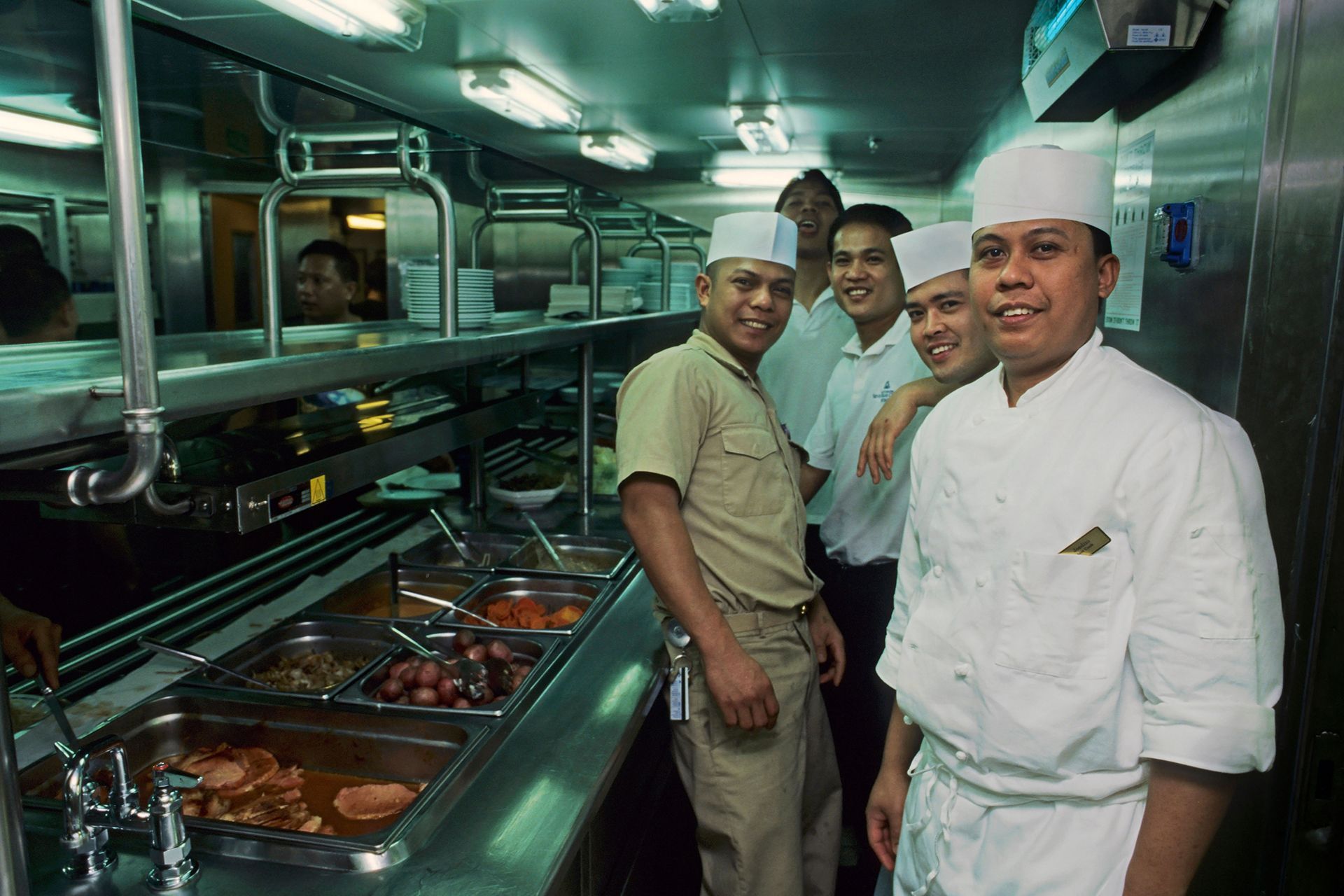CHAPTER
05
KEEPING WASHINGTON'S WATERWAYS CONNECTED
Filipinos' impact on Washington's waterfronts extended well beyond industry work and military service, especially in the years after World War II.
As waterfront canneries began to close and wartime industry jobs dwindled in the 1950s, Filipinos began taking up work in commercial transportation and, eventually, the cruise ship industry. Filipinos were instrumental in shaping Washington's ferry system, even from its early days as the Mosquito Fleet—a hodgepodge collection of boats and steamships used to transport freight and passengers.
In more recent decades, many Filipinos have embraced work in the cruise ship industry, which has risen to prominence in Puget Sound since the early 1960s. Today, Filipinos constitute 30 percent of all cruise ship employees worldwide.
meet bob flor
Baltazar (Bob) Fernandez y Flor arrived in Seattle in 1922 after two years aboard the freighter S.S. West Java. He sought a better education and employment. Bob graduated from high school in Aberdeen and continued his education by frequenting the public library. From 1929 to 1931, Bob signed on as a steward in the U.S. Coast and Geodetic ship S.S. Surveyor which mapped waters in Alaska and Washington.
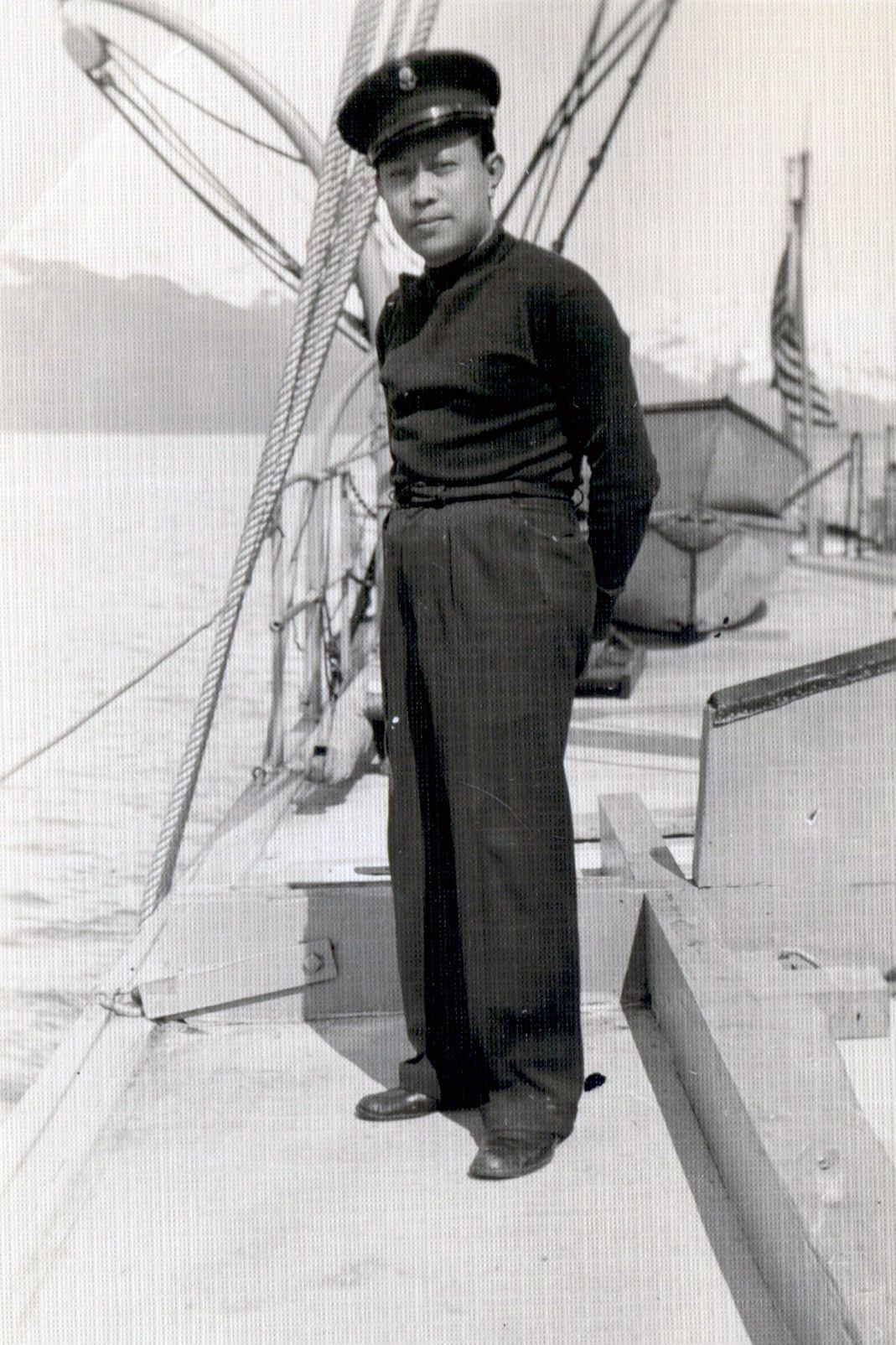
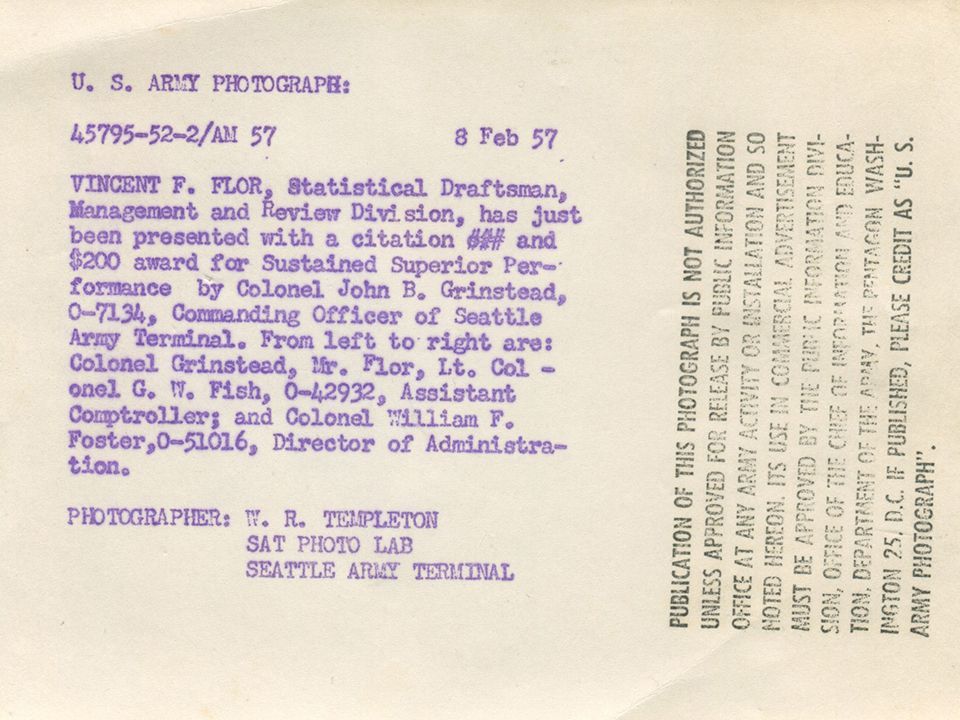
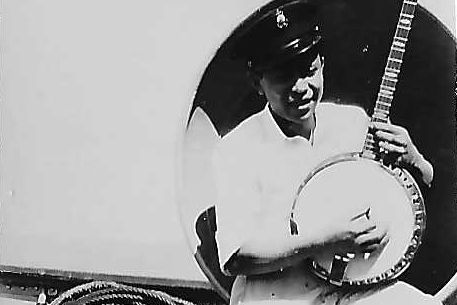
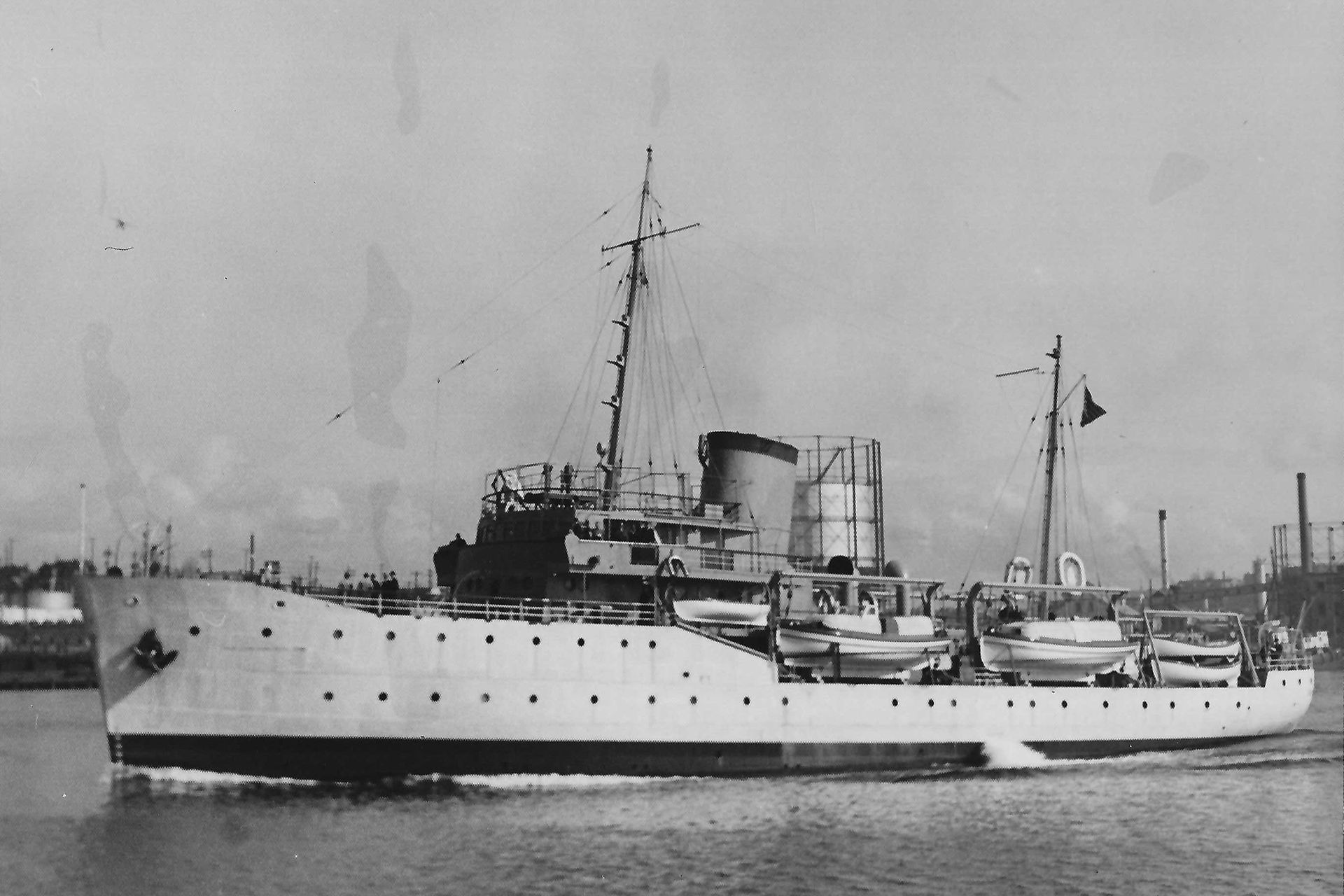
MEET VINCENT FLOR
Vicente Fernandez y Flor, Bob’s brother, arrived in Seattle with his brother’s help in 1932. His main goal was to obtain a college education, and he took on the study of fisheries at the University of Washington. Vincent also pursued a masters degree in fisheries but was unsuccessful in finding work. Instead, he taught himself drafting and mapmaking, and after the outbreak of World War II, Vincent followed in brother’s footsteps by joining the U.S. Coast and Geodetic Survey. He remained in this field for the rest of his career, winning numerous awards and recognition for his service.
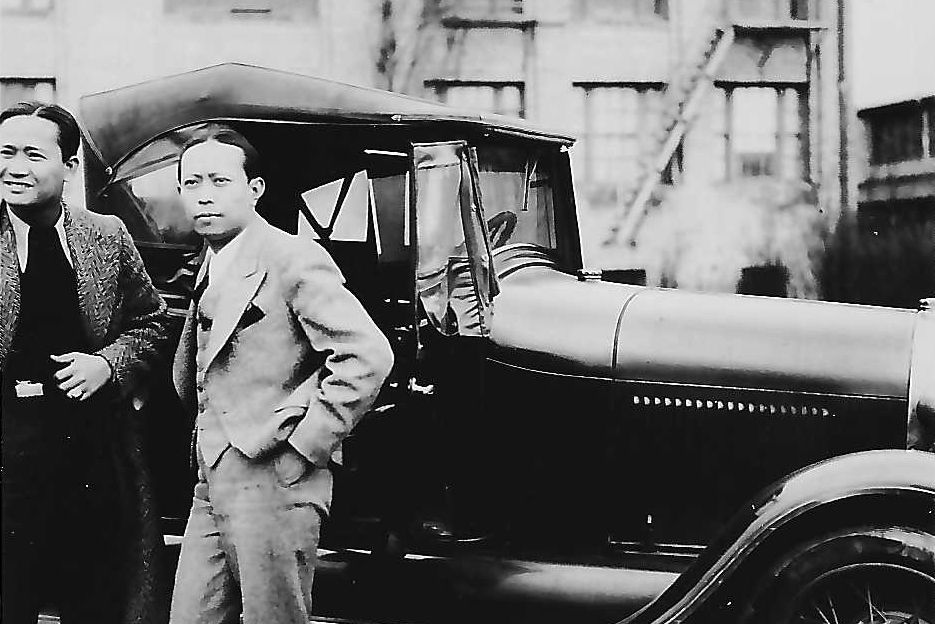
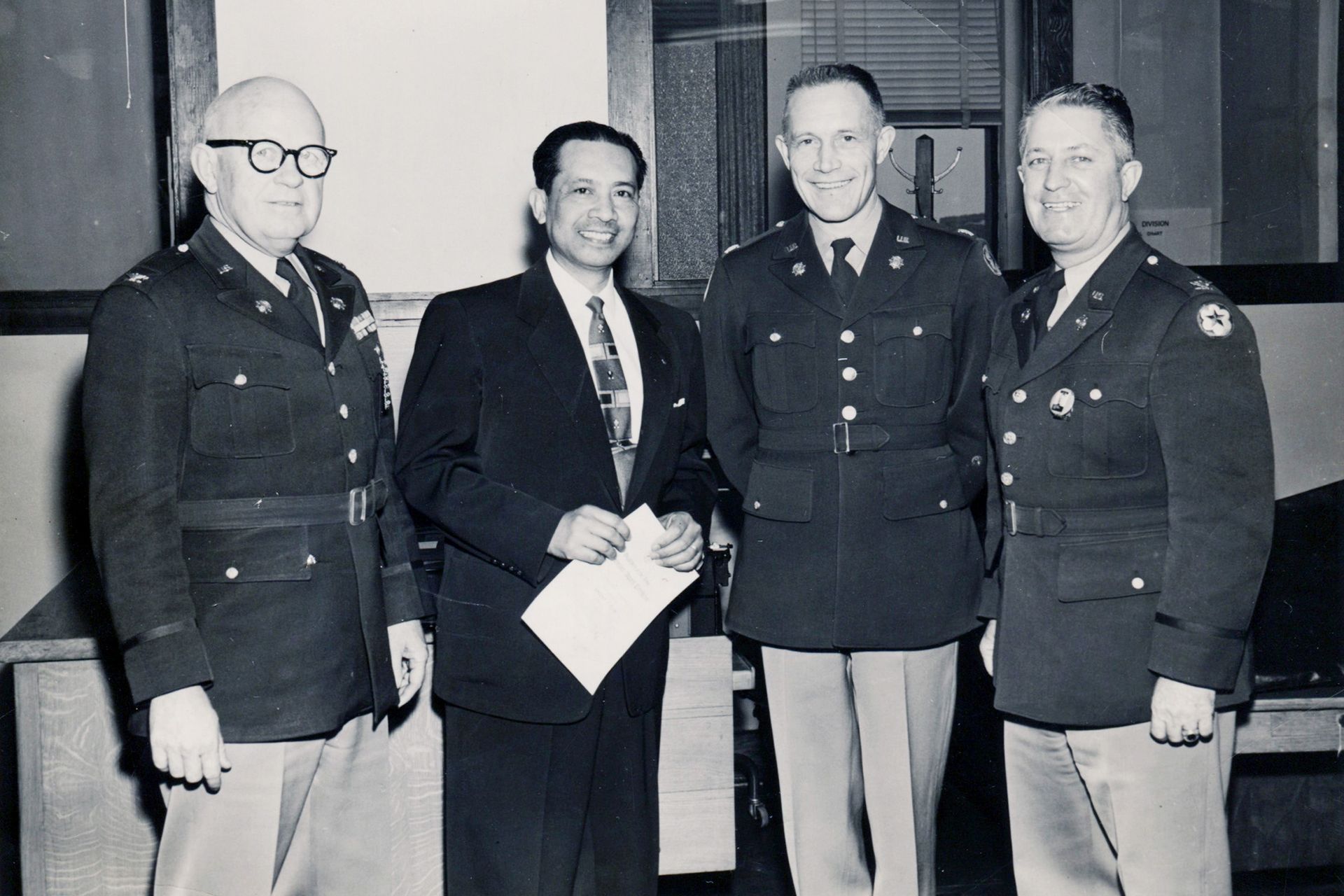
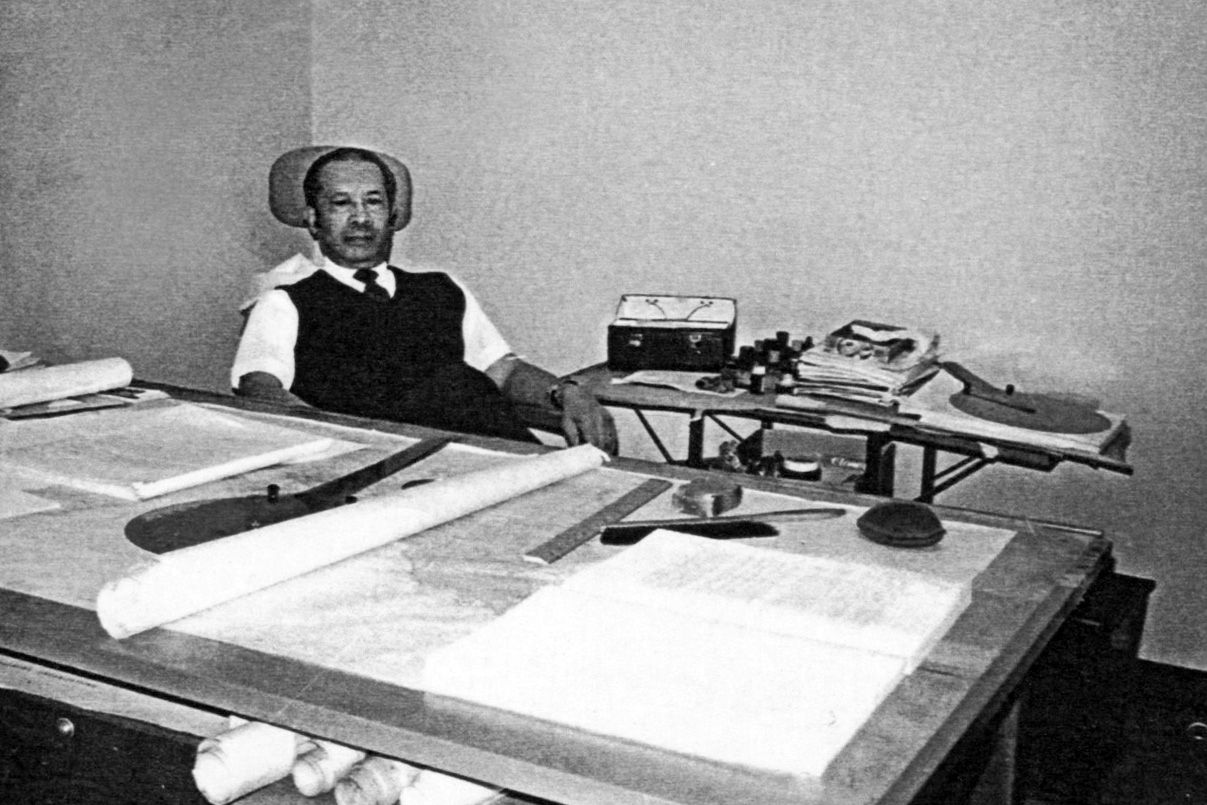
“What romance is there for a bread-earner that follows the sea? What fascination does the ocean blue hold for a sailor? Some sailor[s] may have claimed themselves sea-dogs with a tinge of romantic abandon in their expression. But that is not true. They are sailors because that’s all the job they think they are able to find or fitted for and after a few years at sea, resign to their fates.”
–Bob Flor
Robert Francis Flor shares the journeys and experiences of his father, Vincent Flor, and his uncle, Baltazar Flor (Bob Sr.) from the Philippines to Puget Sound.
Vincent Flor (pictured here, second from left) and his brother Bob helped map the navigable waters off Washington and Alaska with the United States Coast and Geodetic Survey in the mid-1900s.
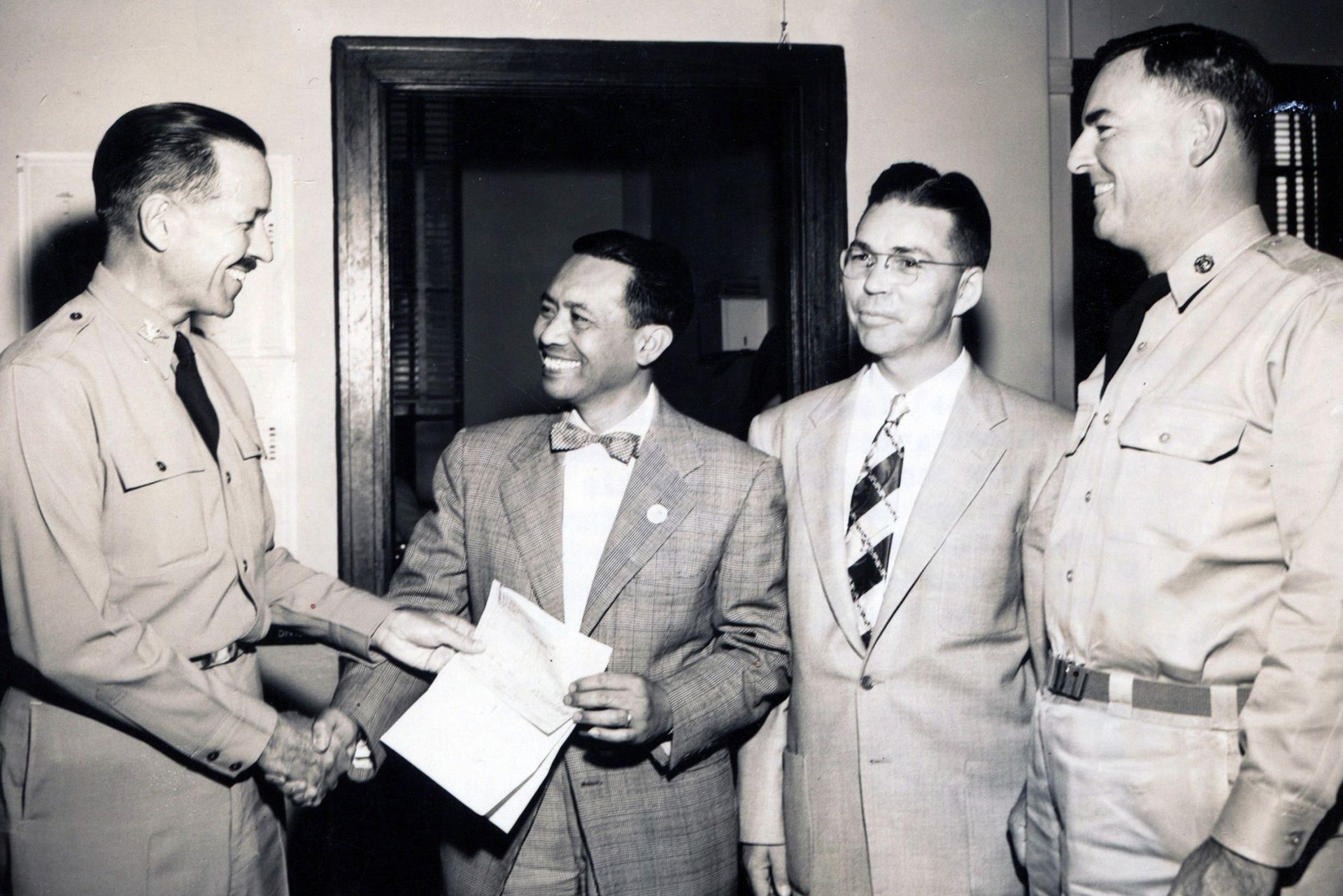
Mosquito Fleet boats at Colman Dock in Seattle, circa 1912. Filipinos around Puget Sound relied on ferries to connect with their friends and relatives across the water.
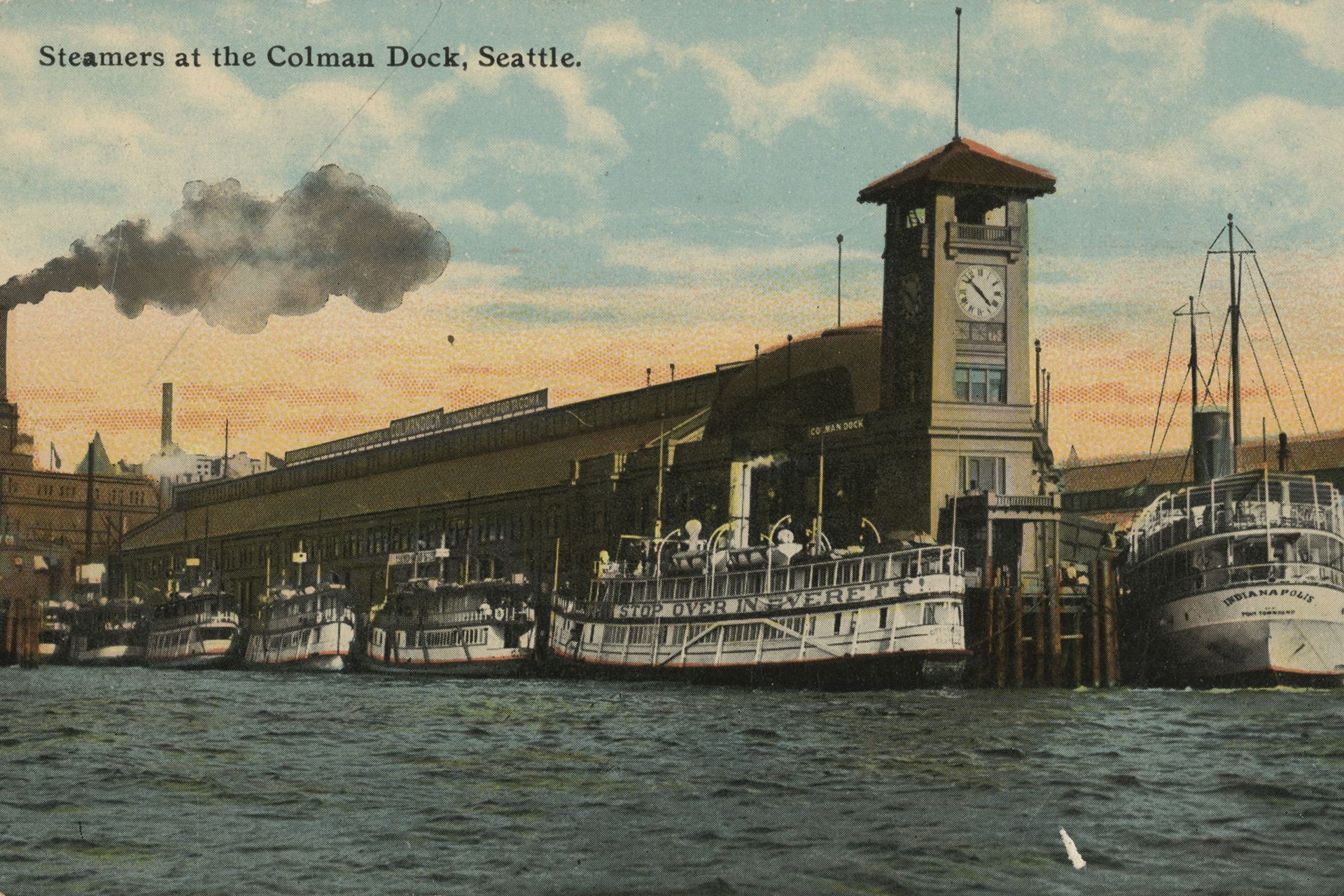
Ferrying Laborers
Joanne Oligario recalls Filipinos using the Mosquito Fleet to go back and forth between Bainbridge Island and Bremerton. Many Japanese and Filipino farmers on Bainbridge would collect their workers from the dock to pick fruit early in the day and drop them off to return to work in the shipyards in Bremerton.
The Black Ball Ferry Line
The Black Ball Ferry Line was one of the oldest and most active fleets of passenger ferries in Washington State, employing and providing transport for many Filipinos living throughout Puget Sound. In 1951, the state bought the majority of Black Ball's ferry assets, intending to run ferry service until bridges were built across the Sound. Funding for the bridges was never approved, and Washington State ferries continue to be the only means of crossing for vehicles.
Images courtesy of MOHAI, PEMCO Webster & Stevens Collection, 1983.10.12301, and Washington State Historical Society, Tacoma (1997.1.28).
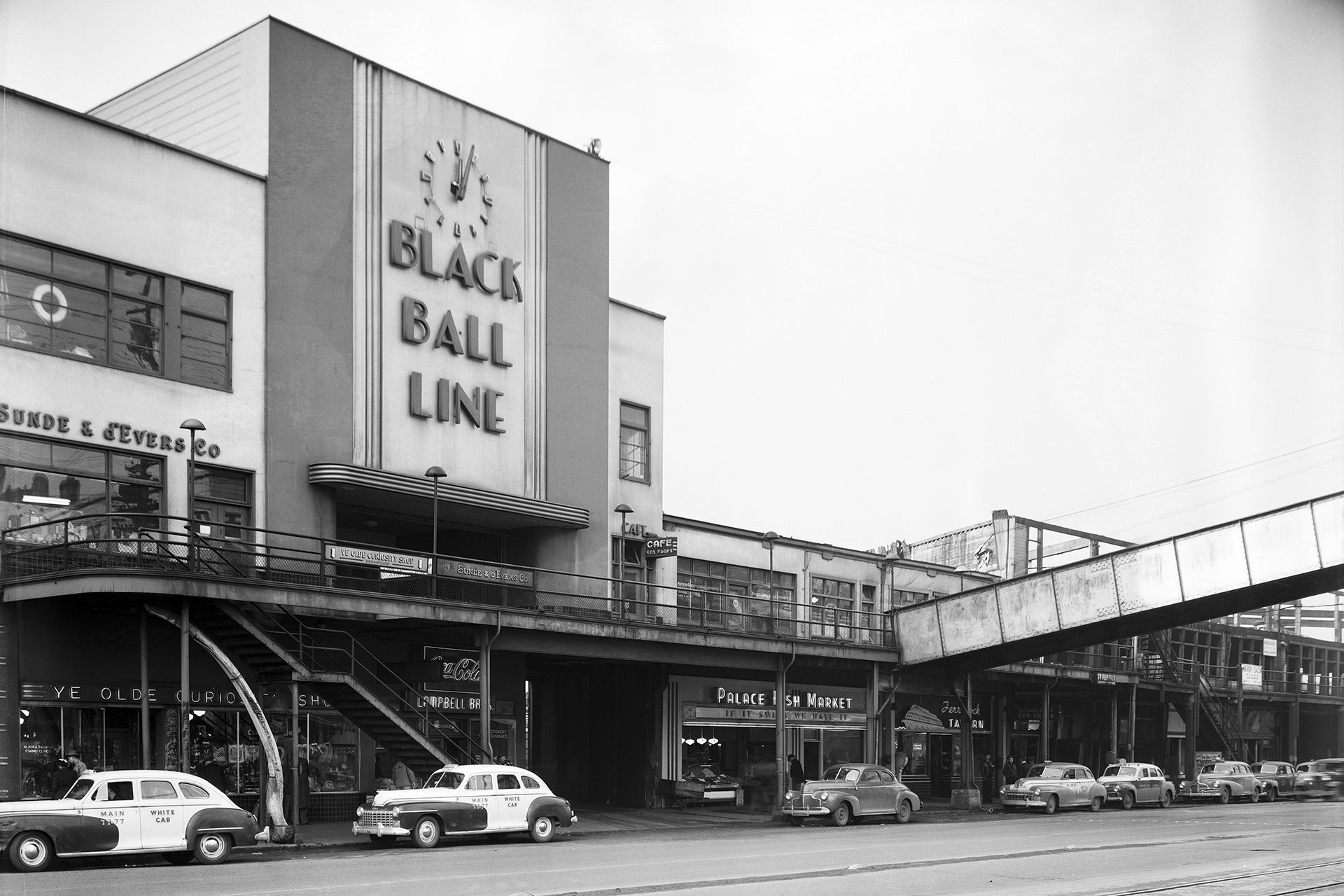
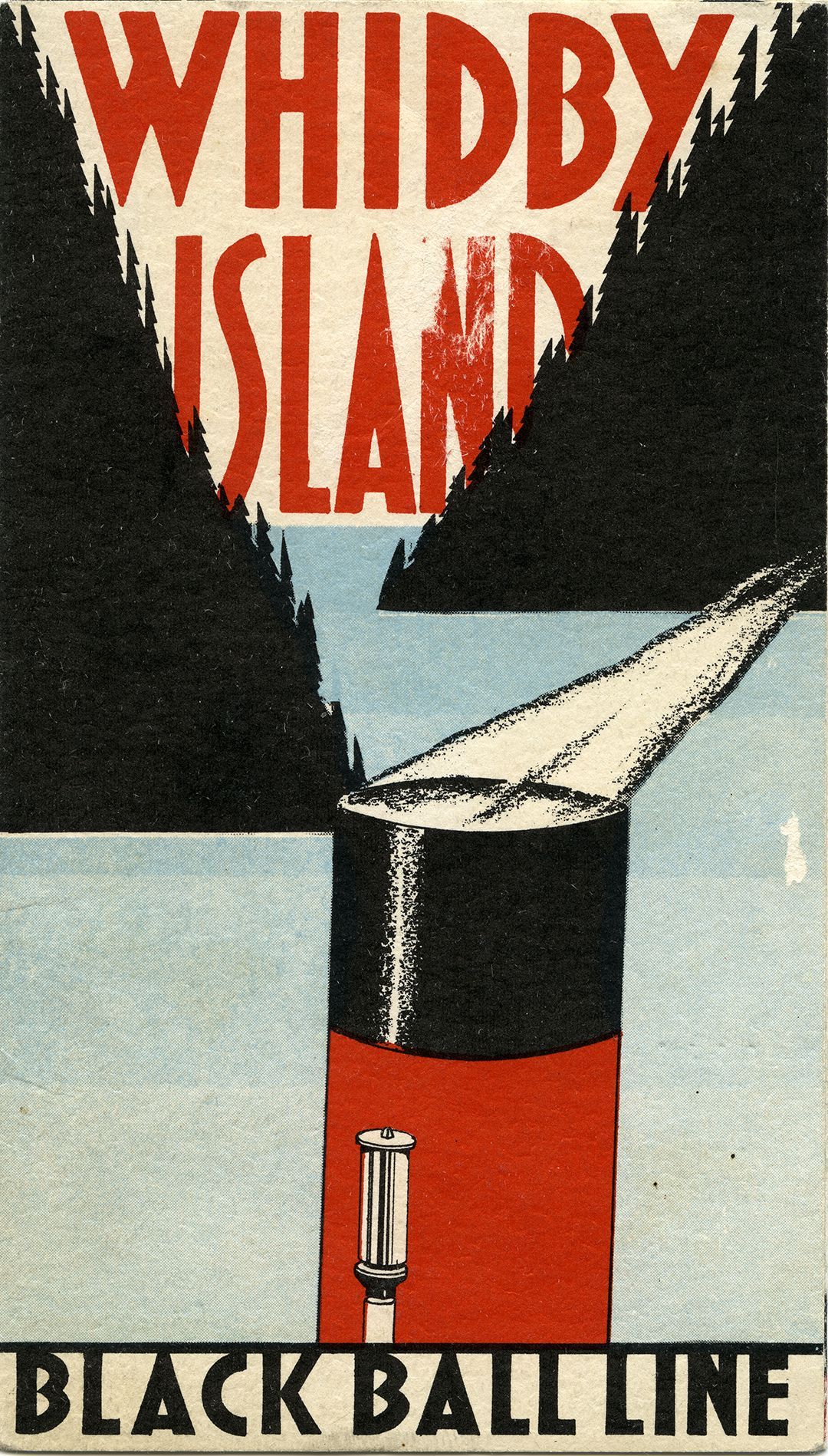
leisure and international travel
As international cruises gained popularity, many Filipinos took advantage of this new way of working on the water. Today, Filipinos account for almost 30 percent of the cruise industry workforce. Filipinos have taken on a wide variety of roles on cruise ships, from cabin attendees, to servers and cooks, to regular seamen, and even occasionally entertainers for guests. Norwegian Cruise Line, which travels from Seattle to Alaska, also employs a number of Filipinos in information technology. Here, Filipino cooks pose in the galley of the Queen Elizabeth 2 ocean liner.
Image by Martin Florin Emmanuel.
